You have probably seen poker game lovers, both newbies, and professionals. Did you ask yourself why they love playing it?
If you have friends that love it, and you are thinking of learning how to, keep reading.
Imagine a poker player who has always developed multiple strategies to stay ahead of his opponents and the consistent outcomes show he’s an undisputed winner.
He wouldn’t stop bragging about it. While others are learning and studying strategies and methods to overtake him, he’s also working hard to retain his position for long.
Now ask, how will he feel when he finally loses to one unexpected player?
What would he be working uneasily to take back? His position and Integrity to re-polish his ego. This is what poker players go through.
Apart from the strong healthy competition that arises every time among them and the money a lot of them make, satisfying their ego seems to be an important element in this.
If you look forward to developing new ways to have fun, savor the moment, learn new things and socialize with others, try hanging out with poker lovers and witness the sweetness.
At first, poker is easy to learn but along the. line, it may seem difficult to master. Different variations of poker were created with different rules and the most popular of them is Texas Hold’em. See the basics below.
The task remains to master the rule and develop your strategies.
HOW DO YOU PLAY BASIC POKER AS A BEGINNER? Texas Hold’em for example.
- Learning 10 basic 5-card hands and their rankings is important: These hands are the same in all variations of poker. All you have to do is to study and memorize the hands and their rankings.
- Royal flush- The highest-ranking hand. it can only be tied but not beaten by another royal flush.
- Straight flush – consist of 5 consecutive cards.
- 4 of a kind – 4 cards of the same rank.
- A full house – contains 3 matching cards of 1 rank and 2 matching cards of another rank
- A flush – contains any 5 cards of the same suit.
- A straight – 5 cards of consecutive rank but from more than 1 suit.
- 3 of a kind – means there are 3 cards from the same rank, 2 unmatched
- 2 pair – This contains 2 cards from one rank and 2 cards from another rank (different from the first).
- Pair – means you have 2 cards of the same rank plus 3 other unmatched cards.
- High card – lowest-ranking hand, when no two cards have the same rank, the cards are not consecutive then.
- Place the starting bet (blinds): The player next to the dealer places a small blind while the person to his left places a big blind bet. In other variations, the “ante up” method is used; which means placing a minimum starting bet.
- Collect 2 cards from the dealer and look at them: The dealer will always “burn” a card (place a card on the deck to play), making it hard for players to anticipate which card is coming up.
At every round of dealing, the dealer shares two cards for each player in a clockwise direction. Always check the cards you are holding. And do not show your cards to anyone else even when a player is out unless it showdown.
- You can bet, call or raise if you want after each round: Every time the dealer put out new cards to players, you will bet, with the first bet based on the two cards you are holding.
You are open to several options when it’s your turn to bet.
- Place a bet when no one else does
- Say “check” to avoid betting
- Say “call” to match the bet someone else has made
- Say “raise” to add more money to the betting pool. this time other players will go around to call or fold your new bet.
- Say “fold” when you don’t want to match someone else’s bet when they bet. Turn your card face-down to the dealer to avoid giving other players a clue.
- Study the “flop” to see if you have a good hand: After the first round, the dealer will burn the top card and turn 3 cards upside down, they are called “flops”. This time all players will compare these cards to the cards they are holding and place bets call or fold.
The dealer is revealing 5 cards in total plus the two cards you are holding, making 7 cards you are comparing. Take some time to analyze the table after the “flop”; do you have a good hand to end the game?
- Read the “turn” card after the second round: The dealer will burn the top card again and place a card beside the “flop”. This is the “turn” card. Check the cards you are holding and the ones on the table. Now ask if you will bet, call, or fold.
If you have no good card in your hands, then maybe your option is to fold because another player might be holding a winning card.
- Study the “river” card and decide which hand you will play: After the dealer burns the top card on the deck, he’ll put another card face up beside the “turn” card. This card is the “river” card. Check your hands and the community cards and decide your best 5-card hand. Now bet, call or fold.
8. Players reveal hands in a clockwise direction in the final showdown: After each player bets, calls, or folds in the last round, the rest will participate in the final showdown. All players will reveal their cards face up and look at the turned-over cards to see who has the highest value hand to win the pot.
- Anyone who folds their hands won’t have to show their cards.
- Tied players will have to split the pot
- In Texas Hold’em, the 5 cards on the table plus the 2 in your hands equals 7 cards. You are allowed to create a 5-card combination from these 7 cards.

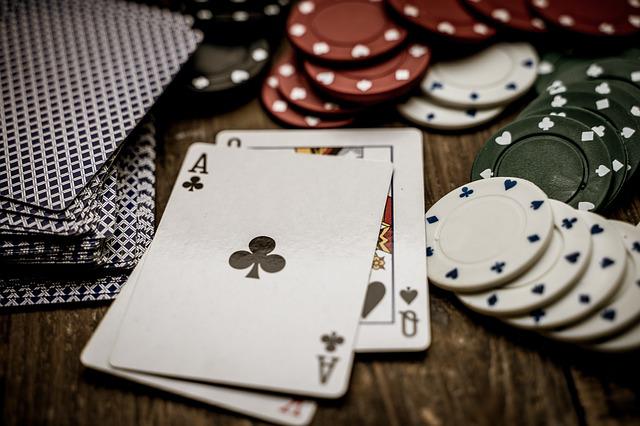
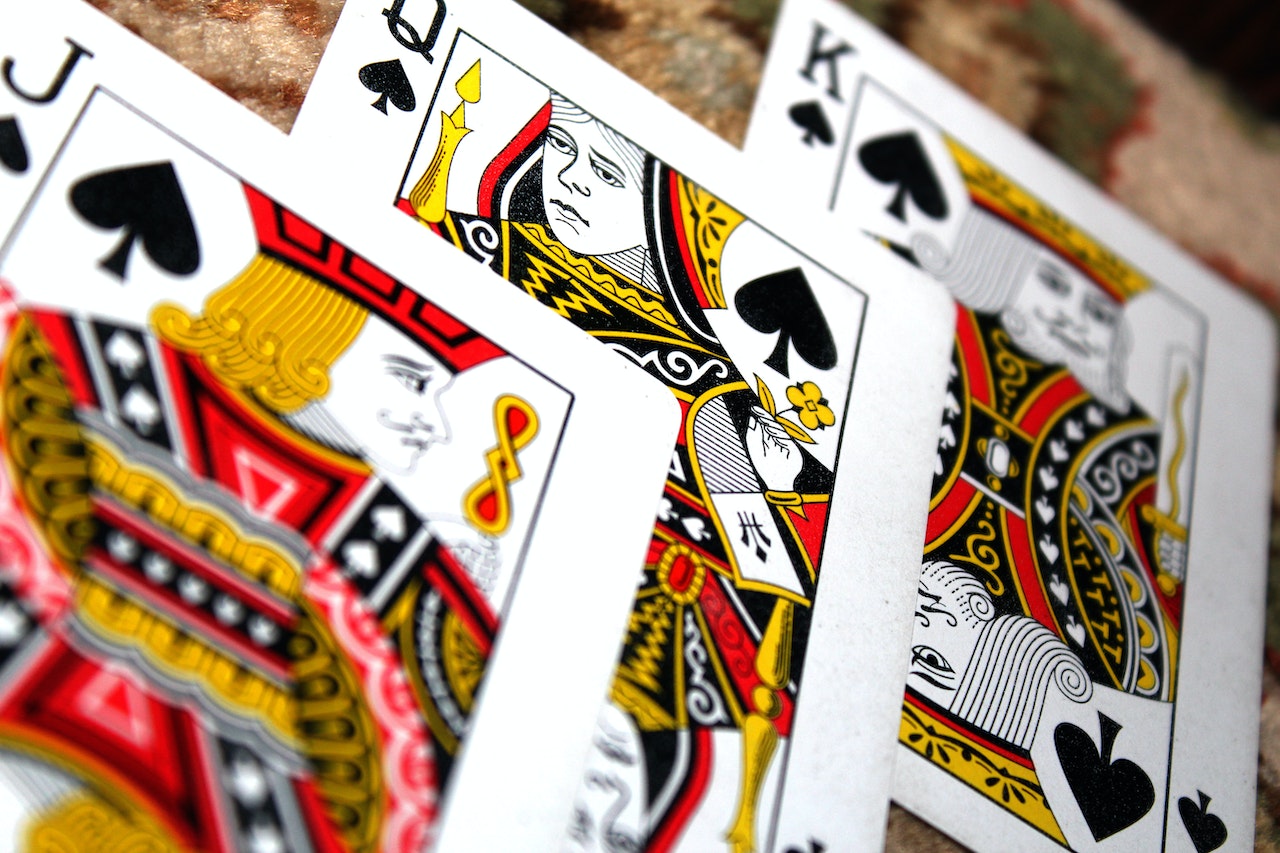
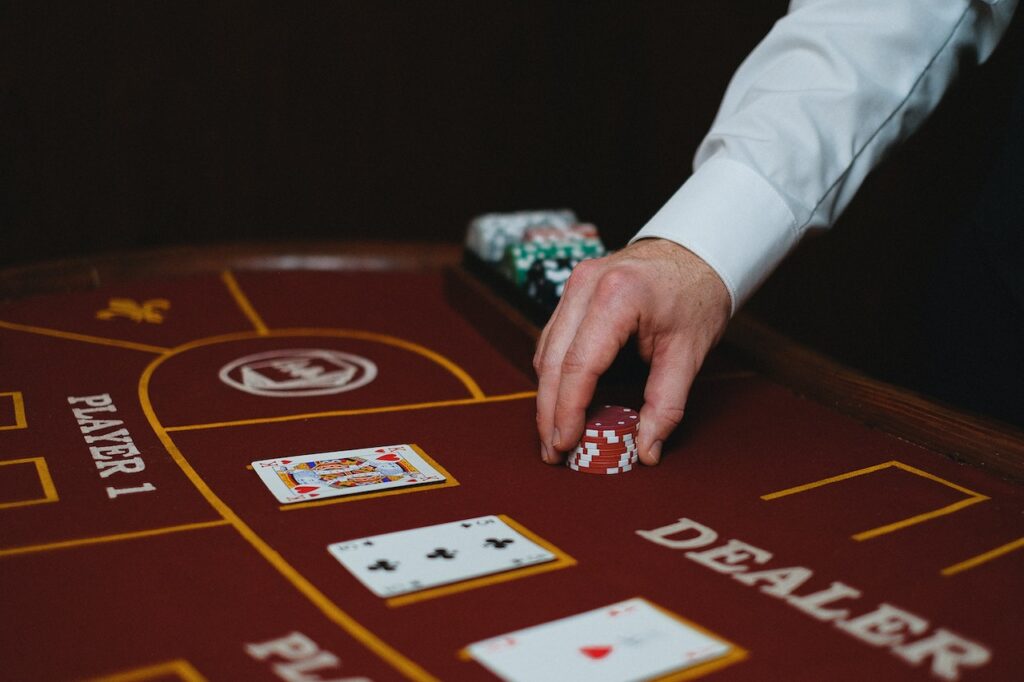
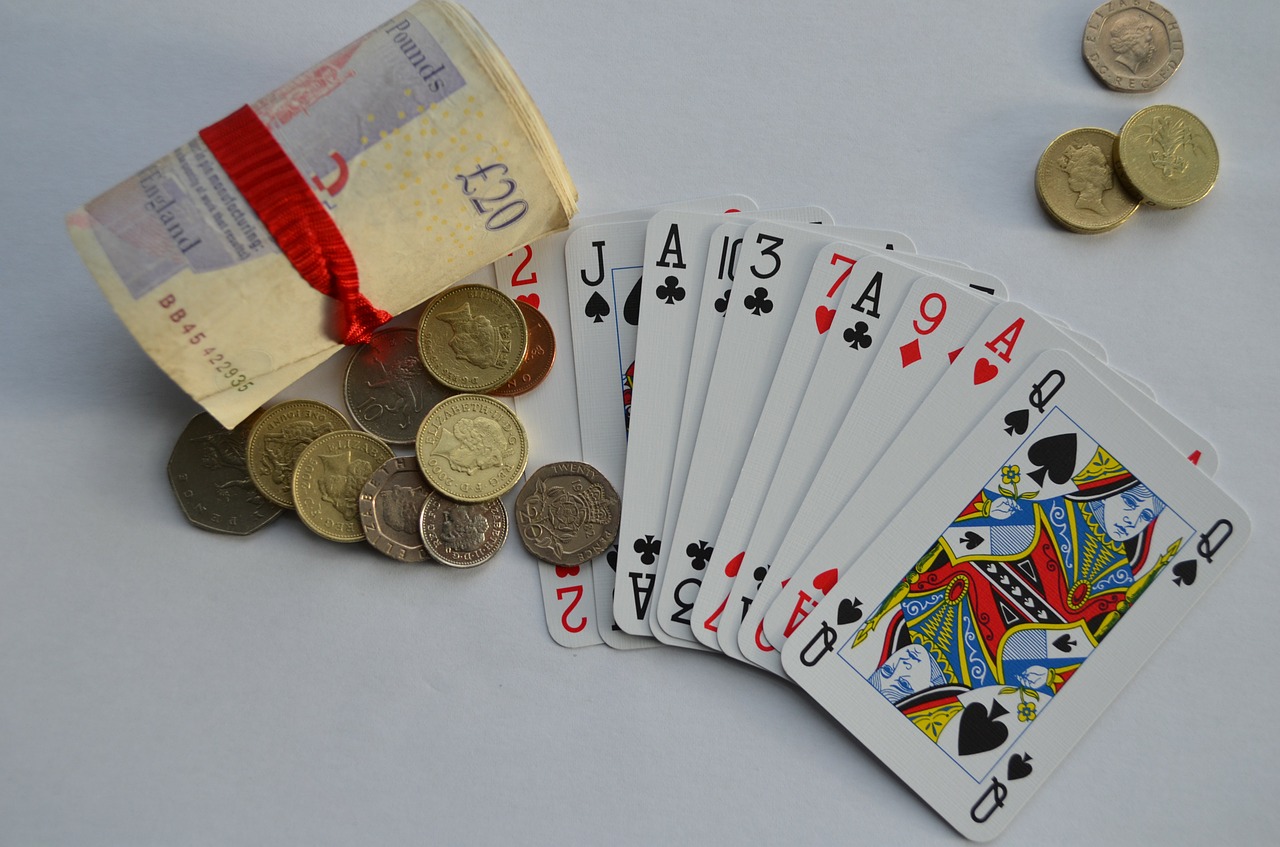

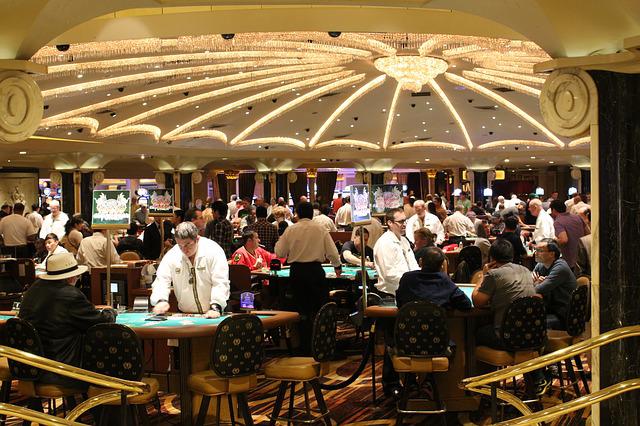
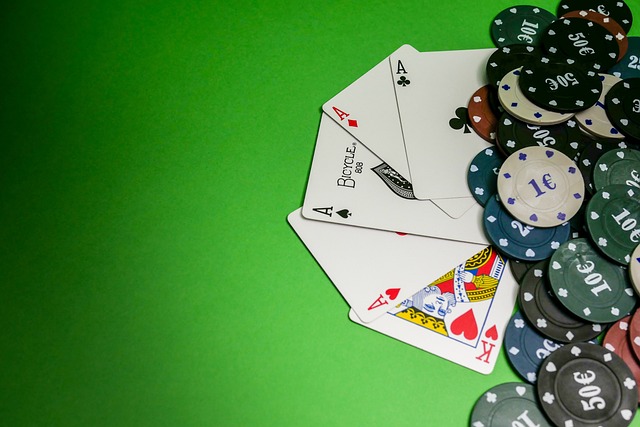
Facebook Comments